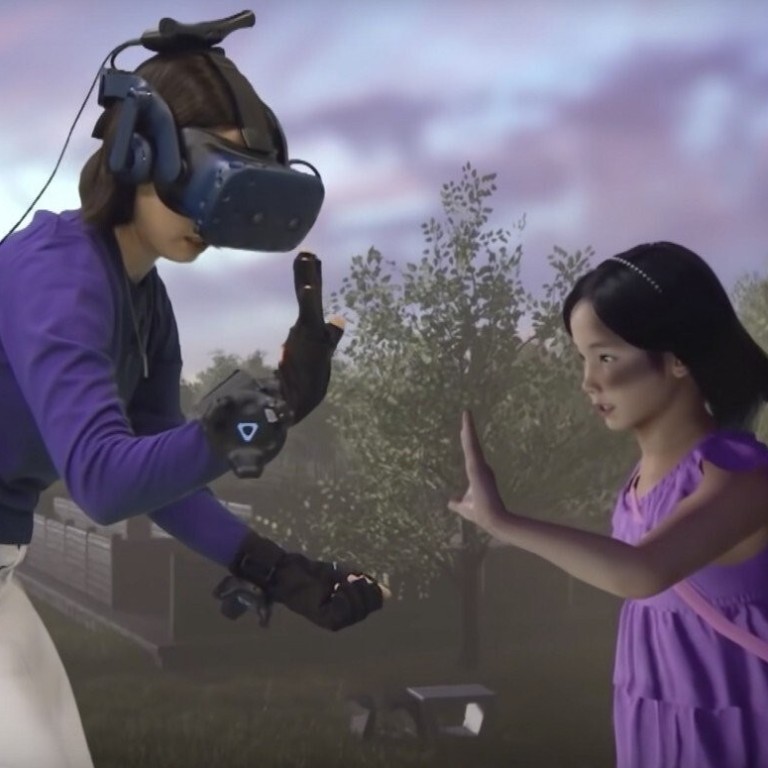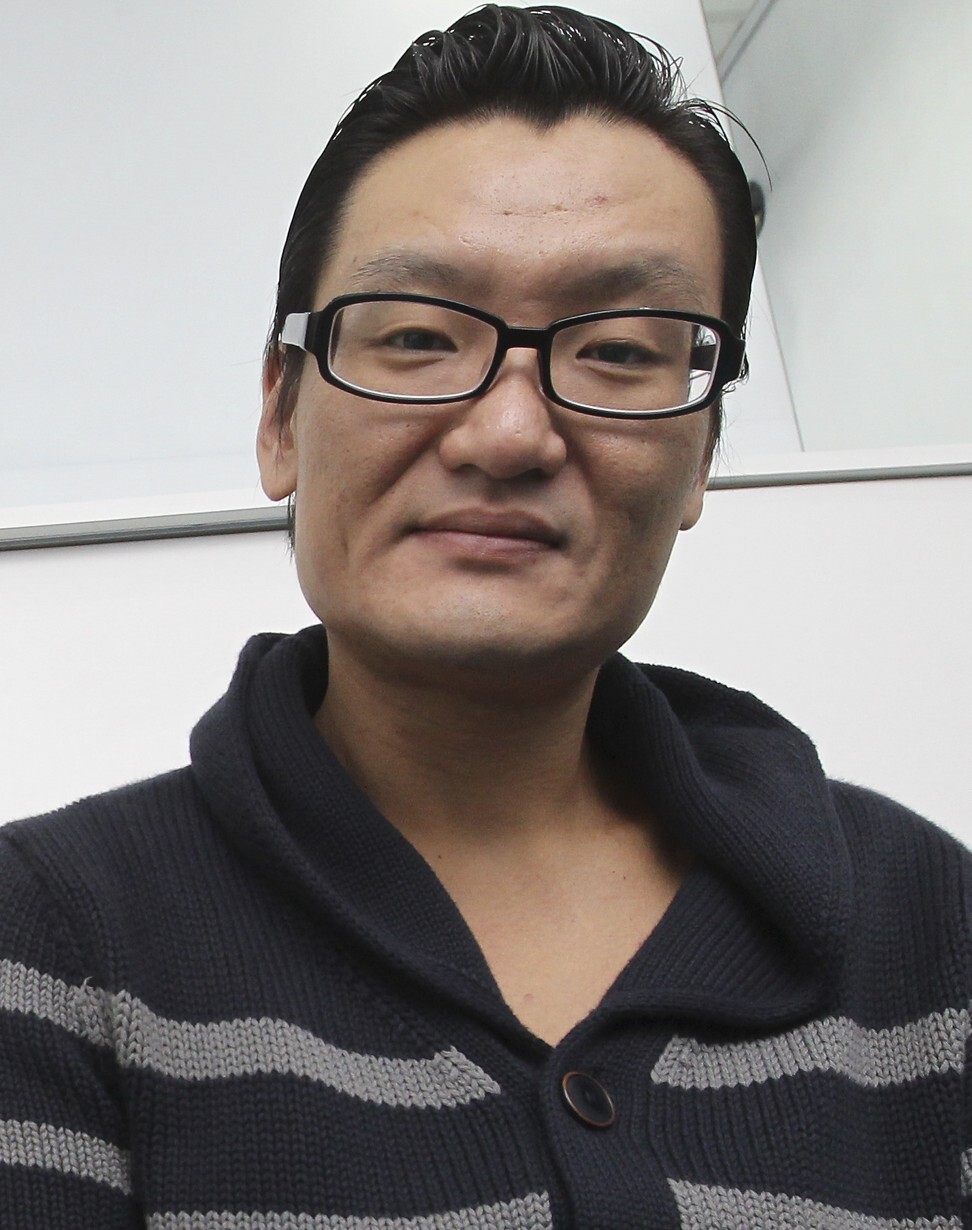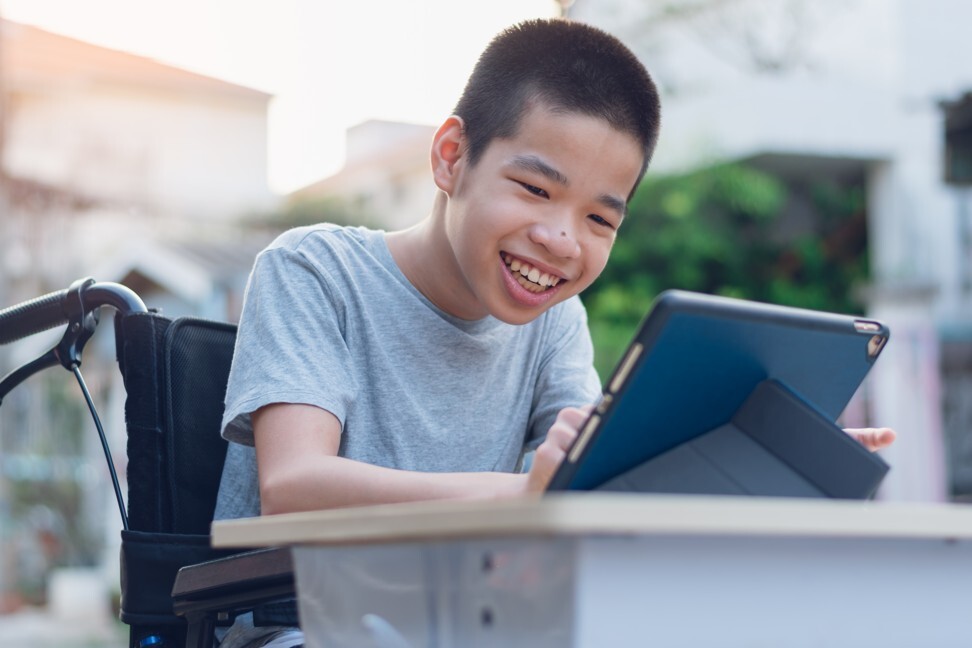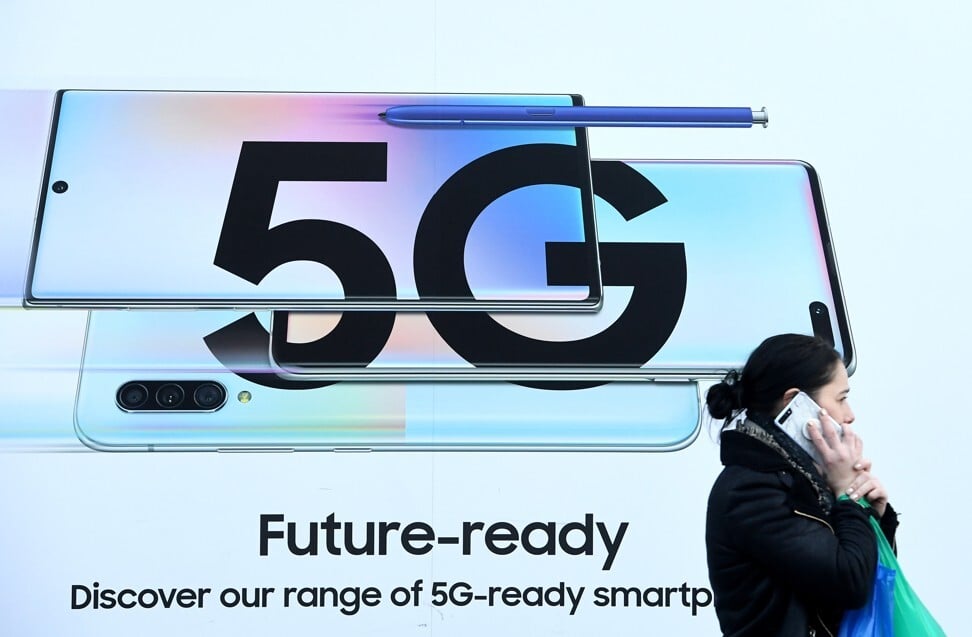
How AI, virtual reality and augmented reality will improve social services: the future of health care in the 5G era
- The advent of 5G digital technology will expand the ways social services can be provided, a Hong Kong expert believes
- Services moved online amid the coronavirus pandemic, and soon a doctor anywhere in the world will be able to conduct virtual home visits for the vulnerable
When Korean television show Meeting You, in February this year, helped a mother “reunite” with her deceased seven-year-old daughter using digital technology, it was considered a groundbreaking moment.
This is just one of the ways digital technology will benefit people who need support, counselling and social services in the not-too-distant future, says Dr Paul Wong Wai-ching, principal investigator of JC A-Connect: Jockey Club Autism Support Network – a project to enhance support for children with autism and developmental delays, as well as their carers.
“The sky’s the limit; I think there will be more options for service users soon. But how innovative these services will be depends on how many resources are available to us, especially if we wish to provide services like they have in South Korea. It also depends on how receptive service users are,” Wong says.

Social distancing rules forced most local social services centres to shut, providing emergency services only. Non-urgent face-to-face services were delayed or postponed.
Non-governmental organisations (NGOs) innovated to deliver the services online as far as possible, and most families managed to cope with this “new normal” seamlessly, Wong says.
“Many families learned to receive services through Zoom and other apps.”

Lois Ho, whose nine-year-old daughter has developmental delays, says the online services provided by the Heep Hong Society, a leading children’s education and rehabilitation organisation in Hong Kong, were just as effective as face-to-face services.
Her daughter attended weekly drawing classes online along with 10 other children to train her to focus and improve her muscle control.
“It was really nice for Heep Hong to continue with the drawing classes online because, without being able to go to school, my daughter desperately needed some activities to keep her active. She liked the online classes and said they were no different from the normal ones,” Ho says.
“One obvious advantage of online classes is that not being physically in the class allowed my daughter, who is pretty shy, the anonymity to be more outspoken.”
Although physical contact is seen as essential to delivering these services, switching to remote delivery did not seem to lower their quality, Wong says.
“Parents appreciated the NGOs giving them services despite the challenges of social distancing. Although we, as service providers, know the importance of physical contact in the counselling process, the ‘new normal’ of tele-health is not as distant as we thought.
“In fact, the ‘mute’ and ‘don’t show video’ buttons provide people with more autonomy if they just want to listen quietly. Telehealth is not a replacement, but an adjunct to the traditional service.”

Wong believes the pandemic has made Hong Kong society more open-minded about the possibilities of technology.
“Many social service providers have experienced the ‘tech future’ and realised it’s not as negative as previously thought. Of course, there are still issues to iron out, like data privacy, security etc,” he adds.
With artificial intelligence (AI) and virtual reality becoming such a big part of our lives, he believes social service providers will inevitably have to become tech-savvy, too. “Our field hasn’t really been touched by technology, when you compare it to the business sector. But virtual reality, in particular, has been used for treating phobias for year – so when AI and augmented reality (AR) are used in social services, things like the Korean case can happen.”
Wong says the government could do more to help Hong Kong become a smart city, and should explain what has been planned to make this a reality. He envisages the faster internet speeds and 5G’s inter-connectivity will improve the provision of social services and support to families in need.
“I am confident that some health and social services can be delivered to the vulnerable (who have access to 5G) in a much more accessible way, anywhere and anytime.
“Physical boundaries will no longer be a concern. In the future, medical assessments of a Hong Kong client could be done by an expert in the US quite easily and quickly, and services could be easily delivered across borders,” Wong says.
He adds: “Medical professionals could conduct virtual home visits to examine the living conditions of the vulnerable and make assessments more comprehensively and with precision.”
Ultimately, Wong says, medical and social services will become more affordable and accessible, and will be delivered more quickly and from anywhere in the world.
Luisa Tam is a correspondent at the Post

